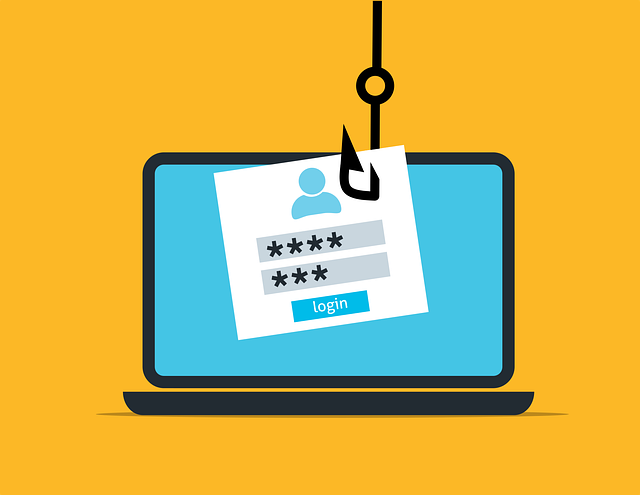Creating a strong password is crucial for protecting your personal and sensitive information online. With the increasing number of cyber security threats, it’s more important than ever to create secure password that are difficult for hackers to crack. In this article, we will discuss the best practices and password strength tips to help you understand how to make a strong password and keep your accounts safe. By following these password security best practices and understanding the creating a strong password and password complexity guidelines, you can significantly improve your online security.
Main Points
- Understanding the importance of a strong password
- Tips for creating a complex and secure password
- Best practices for password security
- Guidelines for password complexity
Choosing Complex and Unpredictable Passwords
When it comes to online security, choosing a strong password is crucial in protecting your personal information from cyber threats. Here are some tips for creating secure passwords:
- Use a combination of letters, numbers, and special characters: A strong password should include a mix of upper and lower case letters, numbers, and special characters to make it harder to guess.
- Avoid using easily guessable information: Steer clear of using obvious details like your name, birthdate, or common words as part of your password.
- Make it long and unpredictable: The longer and more complex your password, the better. Aim for at least 12 characters and consider using a passphrase instead of a single word.
By following these password strength tips, you can significantly enhance the security of your online accounts and reduce the risk of unauthorized access.
Using a Passphrase Instead of a Single Word
When it comes to creating a strong and secure password, using a passphrase instead of a single word can significantly enhance your online security. A passphrase is essentially a sequence of words or other text used to control access to a computer system, program, or data. The key advantage of using a passphrase is that it is typically longer and more complex than a single word, making it much more difficult for potential hackers to crack.
How to Make a Strong Password
There are several best practices to follow when creating a strong password. First, it’s important to make your password at least 12 characters long. Additionally, it should include a combination of uppercase and lowercase letters, numbers, and special characters. Avoid using easily guessable information, such as your name, birthdate, or common words. It’s also a good idea to use different passwords for different accounts to minimize the risk of a single breach compromising multiple accounts.
Password Security Best Practices
In addition to using a passphrase and creating a strong password, it’s important to regularly update your passwords and enable two-factor authentication whenever possible. Avoid sharing your passwords with others and be cautious about entering your password on unfamiliar or unsecured websites. Consider using a reputable password manager to securely store and manage all your passwords. By following these best practices, you can significantly enhance your online security and protect your sensitive information from potential threats.
Implementing Multi-Factor Authentication for Added Security
As cyber threats continue to evolve, it is crucial for organizations to prioritize the implementation of multi-factor authentication (MFA) to enhance their security measures. MFA adds an extra layer of protection by requiring multiple forms of verification, such as passwords, security tokens, or biometric data. By enforcing MFA, businesses can significantly reduce the risk of unauthorized access and data breaches.
Password Complexity Guidelines
One of the key components of MFA is ensuring strong password complexity guidelines. This includes using a combination of uppercase and lowercase letters, numbers, and special characters. By enforcing these guidelines, organizations can mitigate the risk of password-related vulnerabilities and strengthen their overall security posture.
Key Benefits of MFA
The key benefits of implementing MFA include enhanced security, improved compliance with industry regulations, and protection against unauthorized access. By leveraging MFA, organizations can safeguard sensitive data, mitigate the impact of security incidents, and uphold the trust of their customers and stakeholders.
Regularly Updating and Changing Your Passwords
Ensuring the security of your online accounts is crucial in today’s digital age. One of the best practices to safeguard your accounts is to regularly update and change your passwords. This should be done at least every 3 months to prevent unauthorized access and protect your sensitive information. When updating your passwords, make sure to create strong and unique combinations that include a mix of uppercase and lowercase letters, numbers, and special characters.
Benefits of Regularly Changing Passwords:
- Enhanced Security: Regular password changes minimize the risk of unauthorized access to your accounts.
- Prevention of Data Breaches: By updating passwords regularly, you reduce the likelihood of being affected by data breaches.
- Protection of Personal Information: Changing passwords frequently helps in safeguarding your personal and financial data.
By following this simple yet effective practice, you can significantly reduce the chances of falling victim to cyber threats and identity theft.
Utilizing Password Managers for Secure Storage
In today’s digital age, it’s crucial to prioritize the security of your sensitive information. One effective way to do so is by utilizing password managers. These tools provide a secure and encrypted storage space for all your passwords, ensuring that they are protected from potential cyber threats. Additionally, password managers offer the convenience of auto-filling login credentials, making the login process seamless and efficient. By implementing a password manager, you can significantly enhance the security of your online accounts and data.
Avoiding Common Pitfalls in Password Creation and Management
When it comes to online security, one of the most crucial aspects is creating and managing passwords effectively. In order to safeguard your personal information and sensitive data, it is essential to avoid common pitfalls that can compromise the security of your passwords.
Using Strong and Unique Passwords
It is imperative to create strong and unique passwords for each of your online accounts. Avoid using easily guessable passwords such as “123456” or “password”. Instead, opt for a combination of uppercase and lowercase letters, numbers, and special characters to enhance the complexity of your password.
Implementing Two-Factor Authentication
Two-factor authentication adds an extra layer of security to your accounts by requiring a verification code in addition to your password. This significantly reduces the risk of unauthorized access even if your password is compromised.
Regularly Updating Passwords
It is important to regularly update your passwords to minimize the risk of security breaches. Aim to change your passwords every few months, especially for accounts that contain sensitive information.
In today’s digital age, the security of your passwords plays a critical role in safeguarding your online identity and data.
In conclusion, prioritizing the creation and management of strong, unique passwords, implementing two-factor authentication, and regularly updating passwords are essential practices for enhancing online security.

